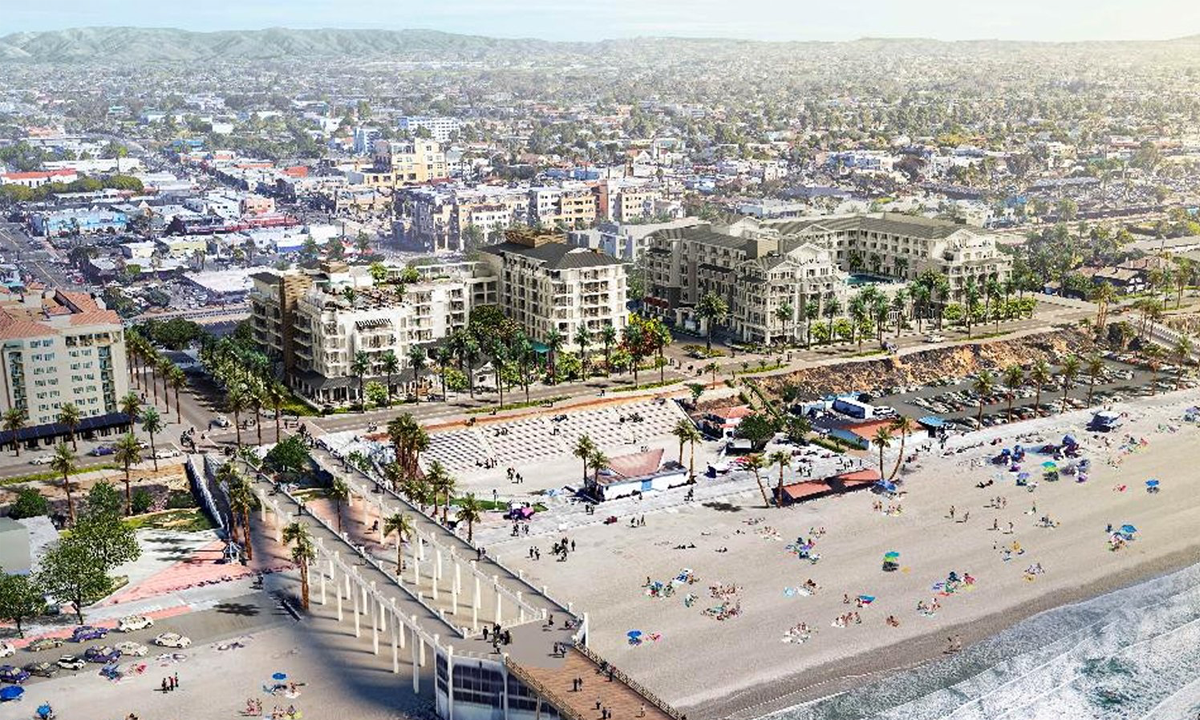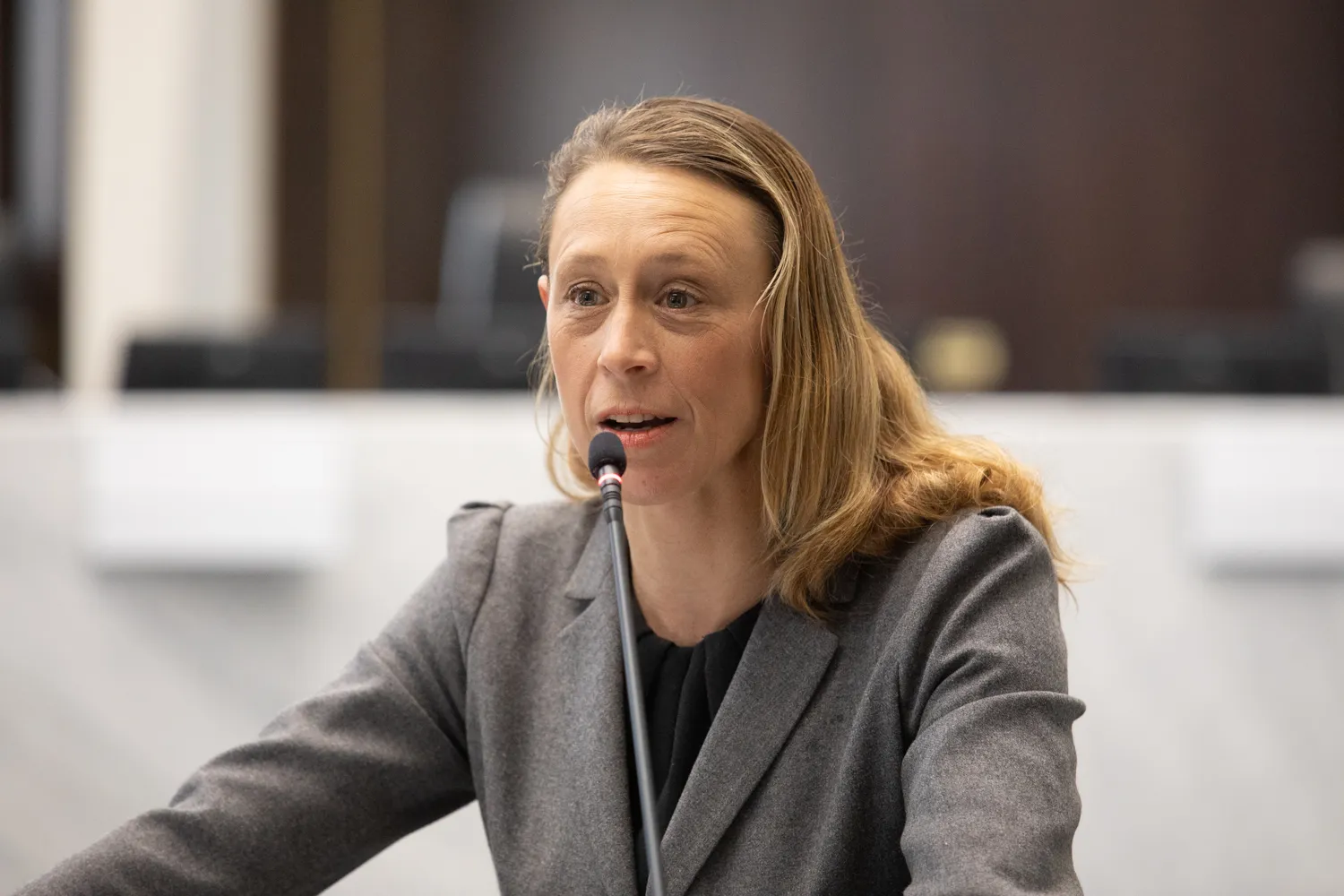Written by Sebastian Acosta
Oceanside’s General Plan is being pushed for its first revision since the plan’s creation in the 1970s.
Often referred to as a “blueprint for growth,” the General Plan outlines where construction can be done in the city and under what guidelines it must adhere to.
“Only good, long-term planning will allow Oceanside to accomplish its goals of economic prosperity, environmental quality and social equity,” said Dennis Martinek, a former Oceanside planning commissioner, about the document’s update.
Projects require an amendment if they do not conform with the outline set by the General Plan.
“Long term planning should recognize that sprawl development is costly to citizens, results in traffic congestions, and causes global warming,” Martinek goes on to say. “The city’s decision-makers should not cave in to those who want short-term financial gain at Oceanside taxpayer’s expense.”
While most cities update their General Plan every 20 to 25 years, Oceanside has been behind. According to Russ Cunningham, the city’s principal planner, some elements have been added over time to conform to state requirements. Safety, noise, and environmental elements, however, have not seen an update for many decades.
Land use and circulation elements are expected to be integrated into a single element called “mobility,” in the new update.
The update’s “Smart and Sustainable Corridors Specific Plan” will help set forth expectations for where future housing and job growth should occur.
The corridors plan will incentivize efficient land use and high-quality development within these areas, which should promote synergies between new housing and commercial uses, better access to essential goods and services, walkability, aesthetic improvements, and increased safety and security through activation of public spaces,” Cunningham said.
Oceanside’s planning effort is largely funded by grants from both the state’s Department of Transportation and Department of Housing and Community Development, the two of which promote development along transportation corridors.
However, some believe development should not be so heavily focused along Oceanside’s commercial corridors.
“The city would love to push all the high density on Oceanside Boulevard and Mission,” said Nadine Scott, an attorney and community activist. “But there’s only so much adequate infrastructure. An inventory needs to be taken of the relative age of water, sewer, electrical, telephone and cable capabilities.”
Scott wants planning to go to older neighborhoods west of El Camino Real, where homeowner’s associations are rare, and thus are without a voice to make their burdens known.
The city is also working on a South Morro Hills Community Plan that will examine ways South Morrow Hills can accommodate housing while preserving agricultural activities and enabling continued farming.
“With very little vacant land left for development, the city must explore ways to utilize land resources more efficiently, leverage and improve existing infrastructure, and ensure that new development contributes to enhanced public safety, environmental health, and visual quality,” Cunningham said.




